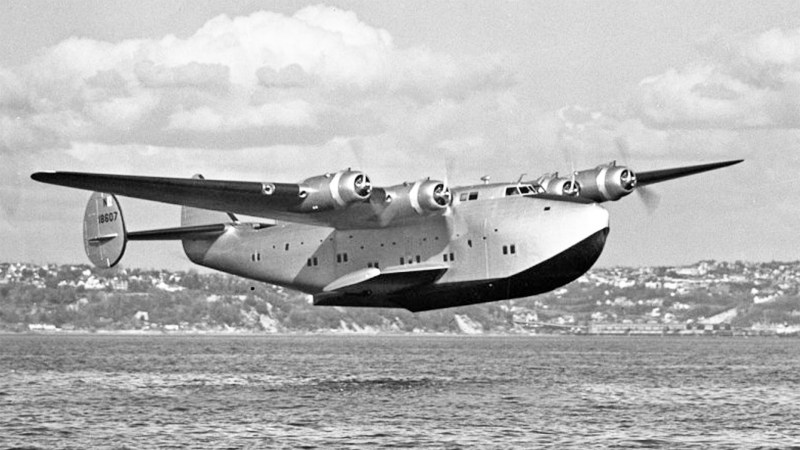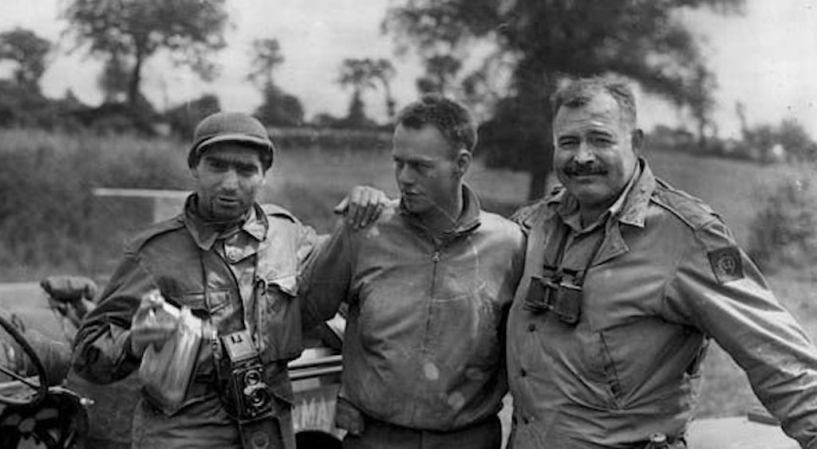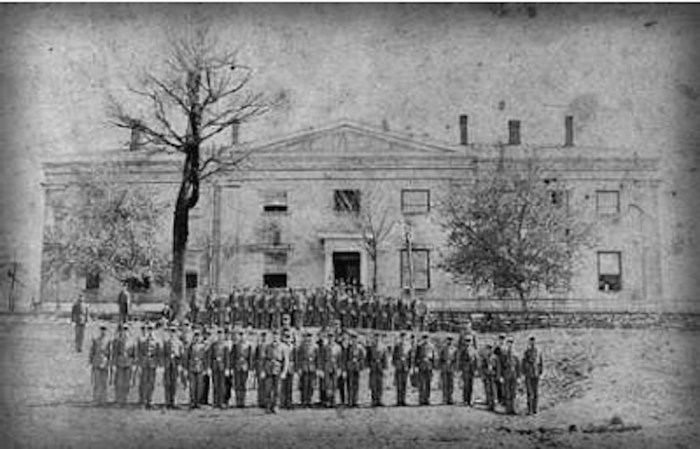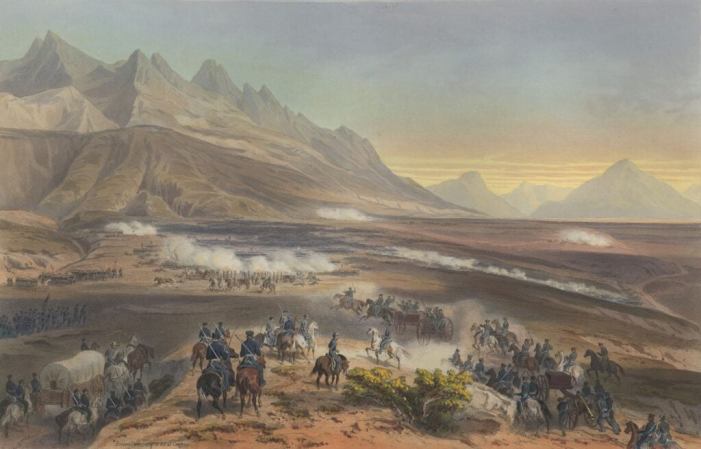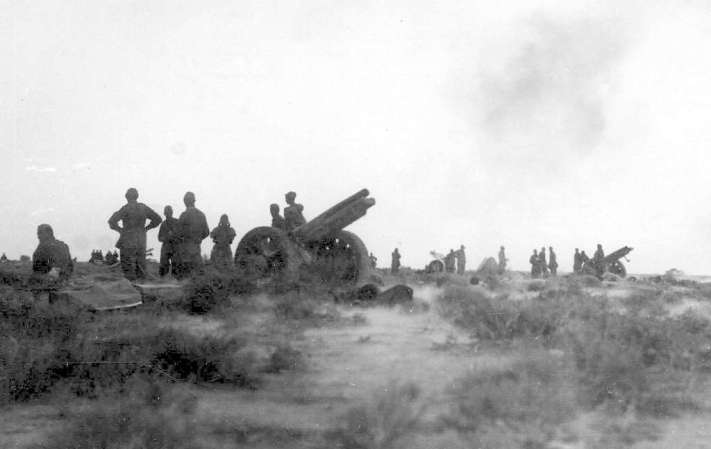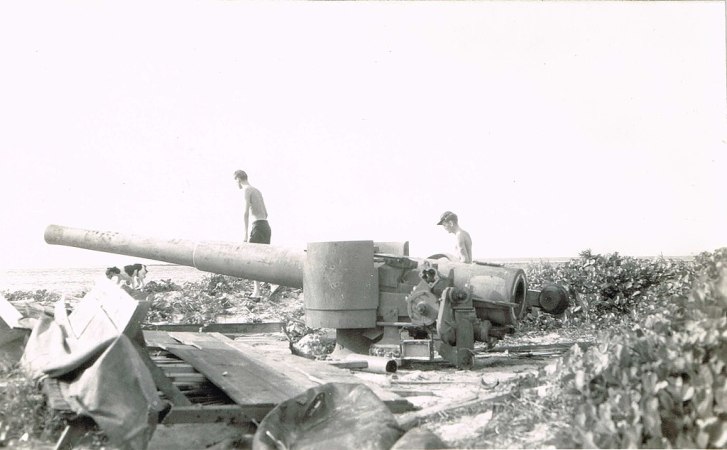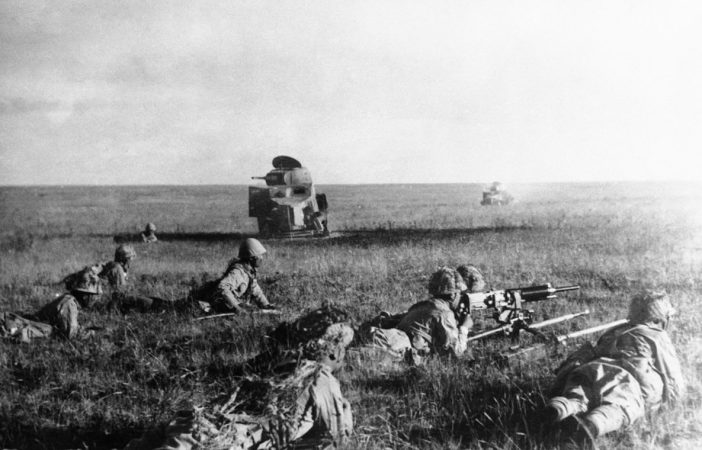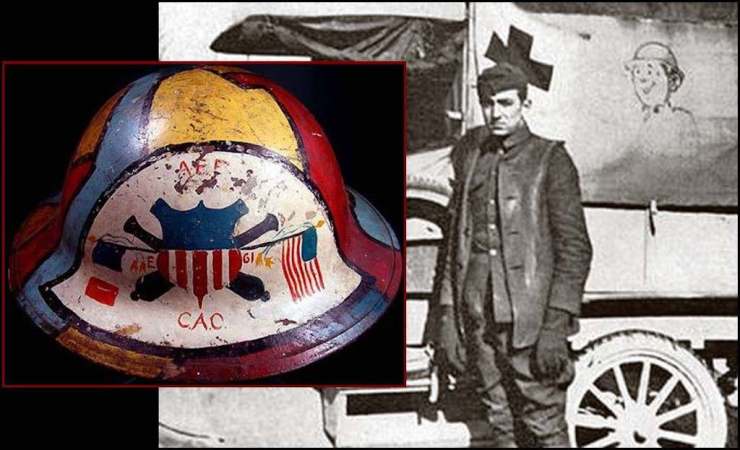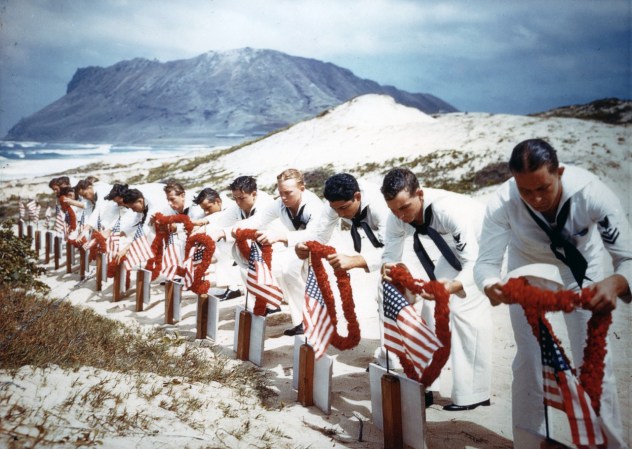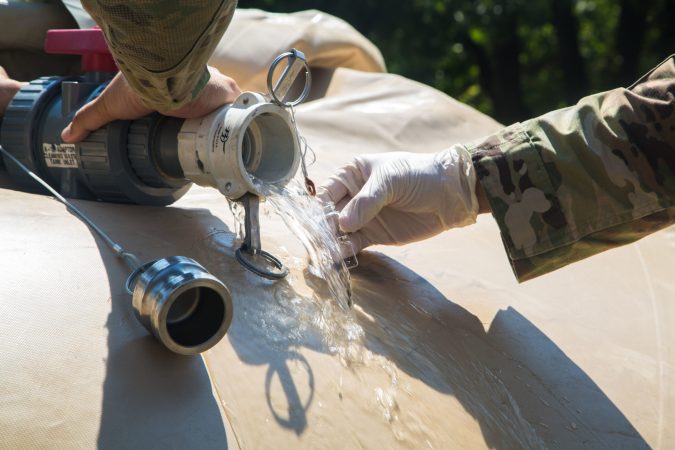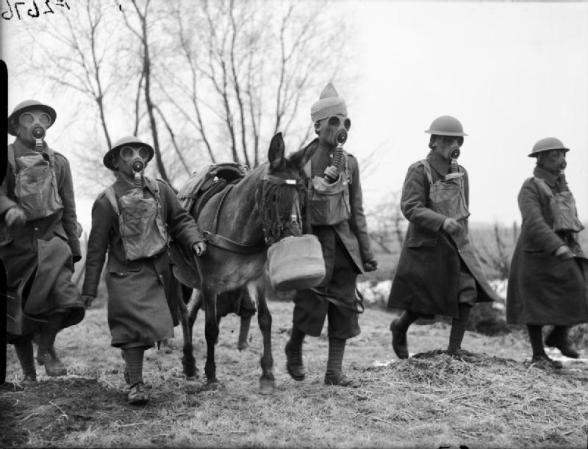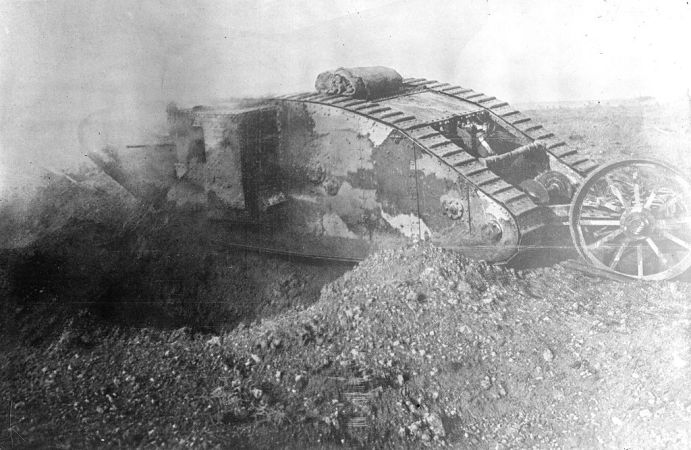Nylon would earn the moniker “the fiber that won the war.” Let’s talk about how. In the 1930s, the United States imported four-fifths of the world’s silk — and 90% of it came from Japan. 75-80% of that was used for women’s hosiery — specifically, silk stockings.
Because, as hemlines grew shorter, the need to cover scandalous lady skin with something — anything — grew larger, but we won’t get into that now. Suffice it to say that American women were wearing silk stockings. Unfortunately, they didn’t stretch, they were delicate and ripped easily, and they often required an extra garment, like a garter belt, to hold them up.
Enter Harvard-trained scientist, Wallace H. Carothers, hired by E.I. DuPont de Nemours and Company to conduct research on synthetic materials and polyblends. In 1939, Carothers invented Fiber 6-6, or what would become known as Nylon.
DuPont astutely recognized the economic value of Nylon as a silk replacement and concentrated on manufacturing nylon stockings. Within three hours of their experimental debut, 4,000 pairs of nylon stockings sold out. Later that year, they were displayed at the New York World’s Fair. The next year, 4 million pairs of brown nylons sold out within two days, making a total sales figure of million.
In 1941, the company sold million worth of nylon yarn — that’s nearly 0 million today. In just two years, DuPont earned 30% of the women’s hosiery market.
But all of that was about to change.

Because stockings weren’t the only thing made of silk. Military parachutes and rope were also made from the Japanese import. After the Pearl Harbor attack, the United States went to war against Japan and, suddenly, the production of nylon was diverted for military use.
It was used to make glider tow ropes, aircraft fuel tanks, flak jackets, shoelaces, mosquito netting, hammocks, and, yes, parachutes.
Eventually, even the flag planted on the moon by Neil Armstrong would be made of nylon!

This is because nylon is a thermoplastic polymer that is strong, tough, and durable. It is more resistant to sunlight and weathering than organic fabrics are and, because it is synthetic, it’s resistant to molds, insects, and fungi. It’s also waterproof and quick to dry.
By utilizing it during World War II, we were better-equipped than our enemies and more able to weather difficult conditions.
Back home, women missed their stockings. At the time, they were made with a bold seam up the back. After experiencing nylon stockings, women didn’t want to go back to silk, so they did the next best thing: they shaved their legs, carefully applied a “liquid silk stocking” (otherwise known as paint), and lined the backs of their legs with a trompe l’oeil seam.
A bold, new revolution was happening: leg hair removal to replicate the appearance of stockings. After the war, the trend continued to spread, inflamed by the beauty industry’s marketing.

After 1942, the only stockings available were those sold before the war or bought on the black market. One entrepreneurial thief made 0,000 off stockings produced from a diverted nylon shipment.
Which is very messed up — everyone in America was coming together to support the war effort, including women!
In fact, it was Adeline Gray — a woman — who made the first jump by a human with a nylon parachute. The Pioneer Parachute Company of Manchester, working in concert with the DuPont company, developed a parachute made of material that combined “compactness with lightness, resiliency, and strength.”

On June 6, 1942, 24-year-old Gray was the only licensed female parachute jumper in Connecticut. Her jump, performed before a group of Army officials, was a success.
During the D-Day invasion, airborne troops jumped with nylon parachutes while the stealth Waco gliders were quietly towed by nylon ropes. Nylon’s strength, elasticity, weight, and resistance to mildew came through when we needed it the most.
After the war, nylon stockings made a resurgence. On one occasion, 40,000 people lined up for a mile to compete for 13,000 pairs of stockings. They remained standard in the industry, and still to this day “nylons” are synonymous with “pantyhose” or tights. In many fields, they are required for women — including the military. If a female wears a skirt, she must wear stockings or hose underneath.







